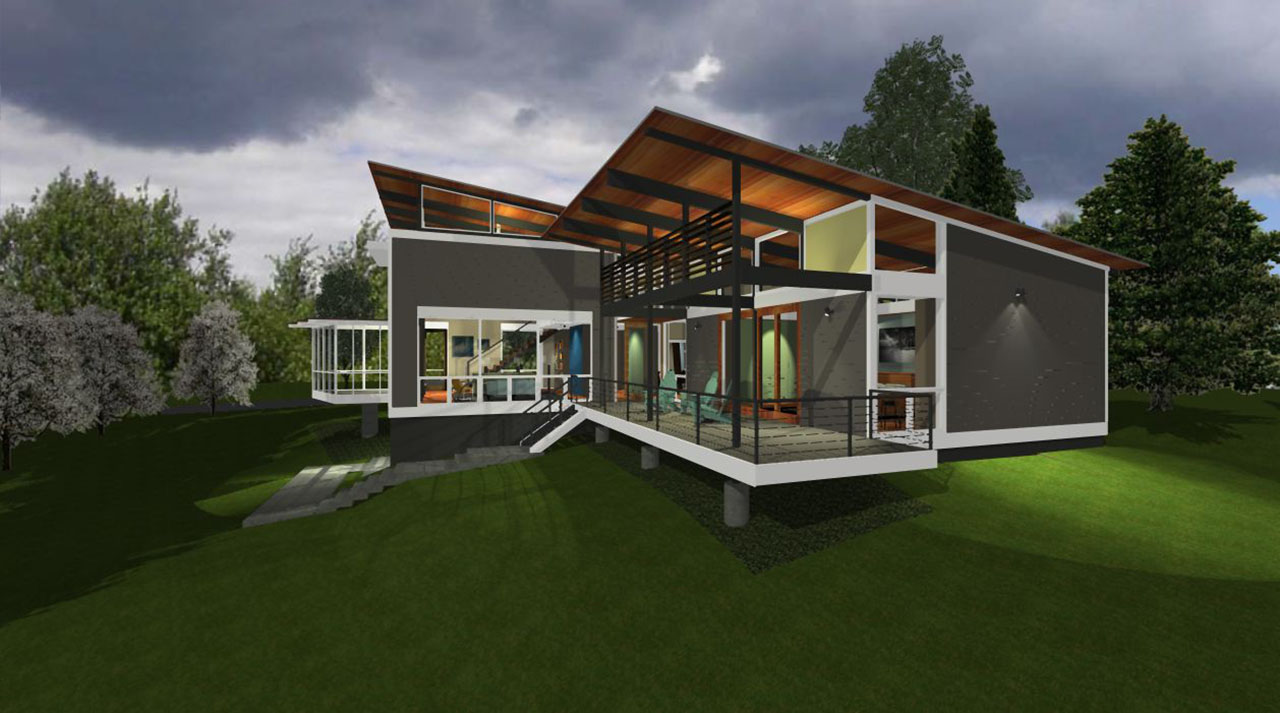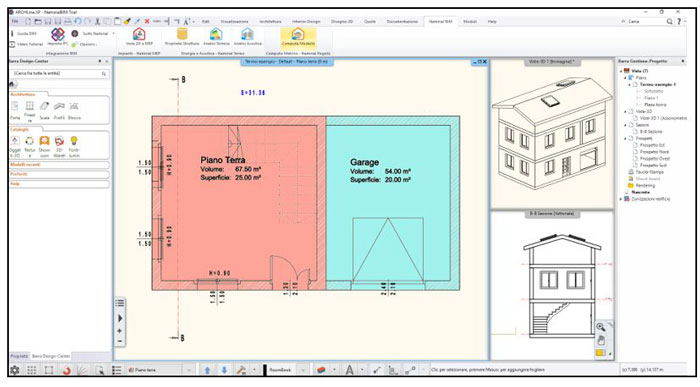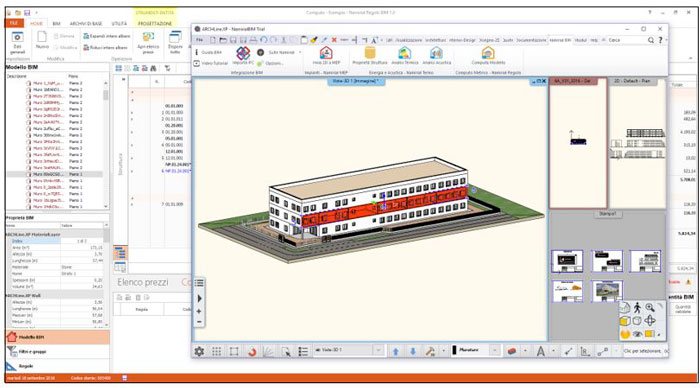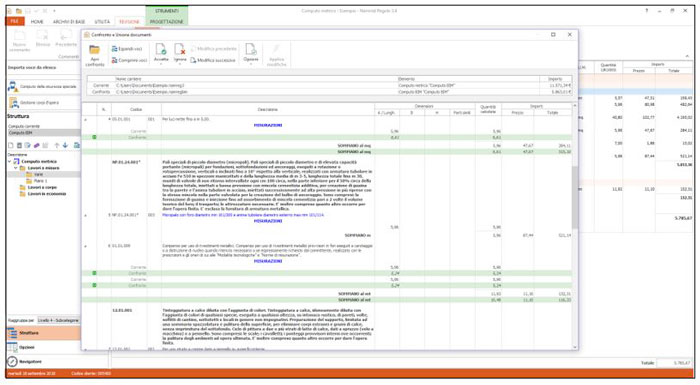Better BIM design and cost analysis with ARCHLine.XP and Namirial Regolo BIM
The use of an open format for data exchange, such as the IFC standard, allows the use of the same file to share all the information of a building among the various subjects

ARCHLine.XP Namirial BIM

Image source: Ingenio
ARCHLine.XP Namirial BIM allows you to import any IFC file, also generated by other BIM Authoring programs, to view and analyze its 3D model and to extract all the necessary information from the BIM Tool Namirial Rule BIM for the compilation of the metric calculation and BIM Tool Namirial Termo BIM to perform energy analysis of the building.
The BIM Authoring ARCHLine.XP allows the realization of the architectural project through powerful and flexible editing functions. Each element inserted in the model (such as, for example, a wall) is modeled as an entity (or object) characterized by both the graphic appearance, as it happens for any CAD program, and by physical and geometrical properties (lengths, volumes, areas, etc.). This allows interoperability and data exchange between BIM software compliant with the IFC standard.
Namirial Rule BIM
Namirial Regolo BIM is the BIM Tool that allows you to draw up a metric calculation starting from the model transferred by ARCHLine.XP when the "model compute" function is started. The operation to quantify all the costs related to a processing is also called Quantity Take Off (QTO).

The integration between the two software allows having, in addition to the properties provided by the IFC standard and generally used by the other BIM Tool, additional information on the entity that can be used during the compilation of the measurement model. You can use the minimum (internal) or maximum (external) length of a wall that delimits a room, the geometry (height, length, thickness, etc.) of the individual layers that make up a wall or a floor and other parameters specific to each single type of entity (walls, floors, roofs, etc.). This allows for very detailed and accurate metric calculations. By combining the information relating to the stratigraphy of the structures to the filter functions provided by the program, it is possible to calculate the cost related to the use of a certain material (such as an insulator) in the composition of a wall and evaluate, with a few simple steps, the best scenario from an economic and planning point of view.
The processing categories (defined by the user through the rules) that make up the structure of the metric calculation can also be linked to the properties of the BIM entities. For example, it is possible to make the program automatically divide the measurements associated with the fixtures according to the plans provided for in the architectural model and in which the windows have been placed. The structure of the metric calculation will, therefore, be dynamic and always synchronized with the BIM model.
Integration with Namirial Regolo
The metric calculation made with the Namirial Regolo BIM can be opened and printed in the Namirial Regolo. Furthermore, it is possible to make all the modifications and integrations necessary to include any items not foreseen or unrelated to the BIM model and thus obtain a more exhaustive cost estimate.
Since Regolo and Regolo BIM operate on two distinct documents, it is possible to make different subjects evaluate, even simultaneously, different aspects of the metric calculation: one closely related to the architectural model and the other to all that not directly attributable (graphically) to the BIM Authoring program.

Image source: Ingenio
At any time, through the new function of comparison and union of metric calculations present in the Namirial Rule 3.4, it is possible to align the Regulus metric calculation with that of the Regulus BIM. During the comparison, all the variations made in the BIM Rule and related to the calculation section linked to the BIM model will be indicated. Every single change can be accepted or ignored in the document present in Regolo.












